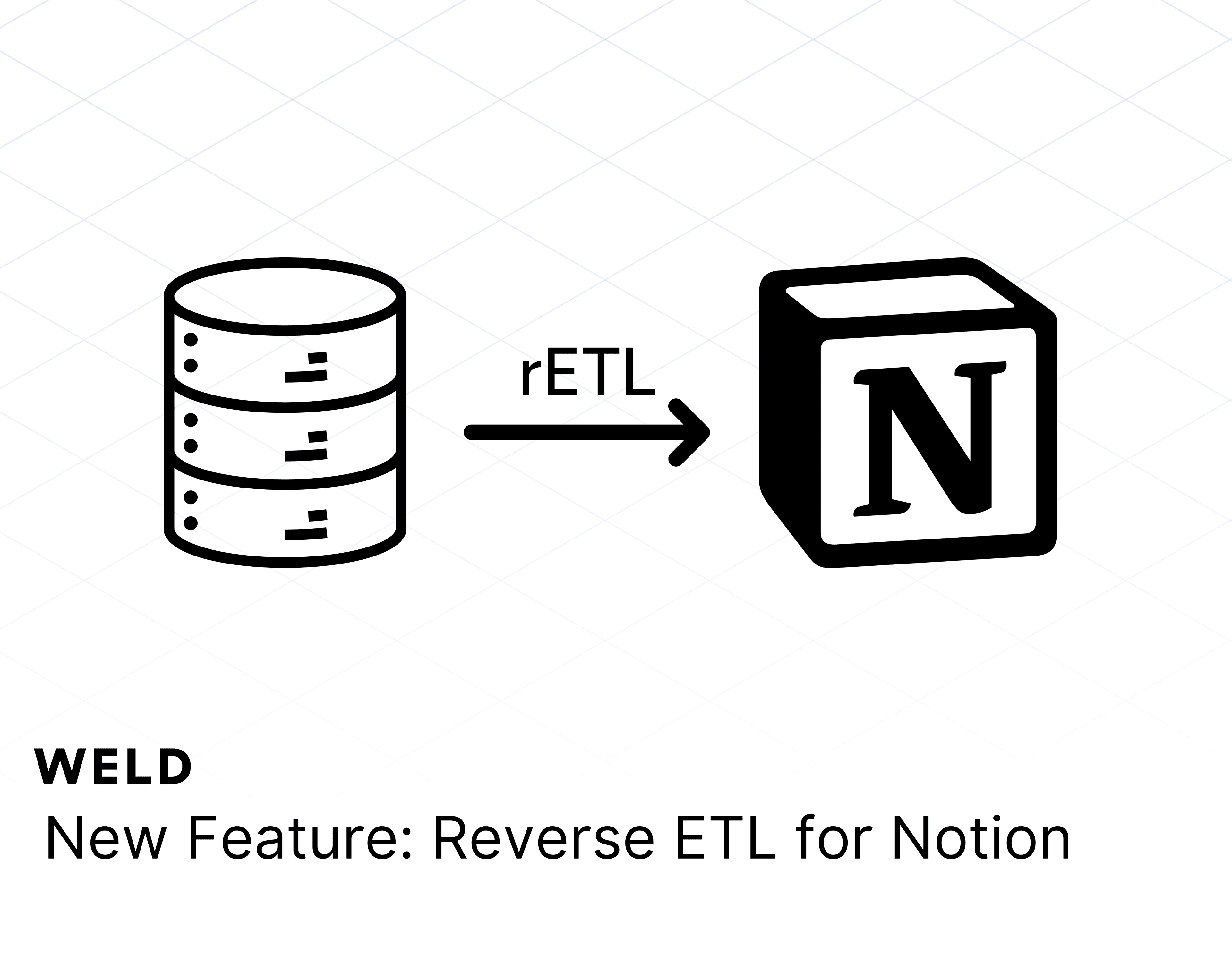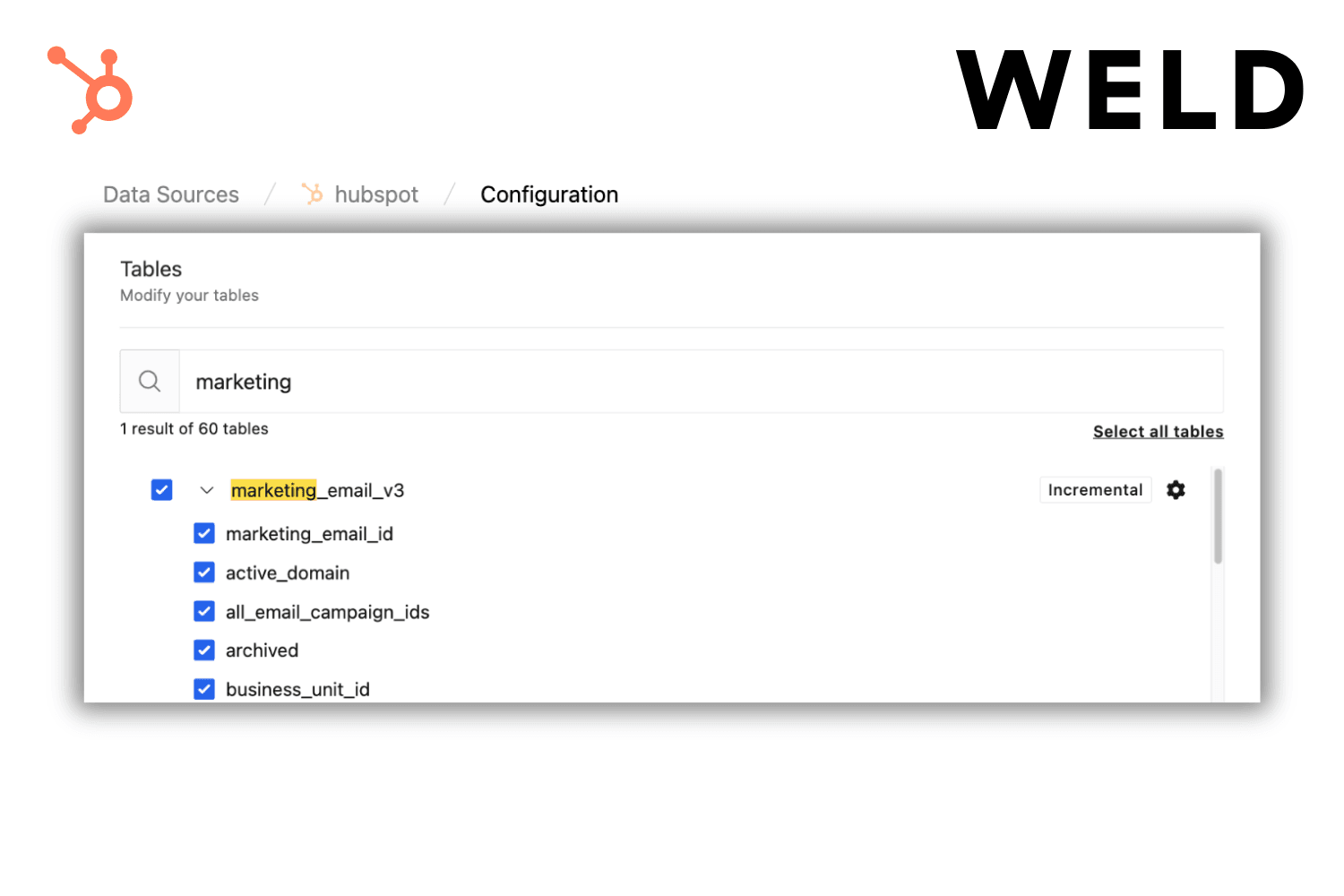BigQuery vs Snowflake: 2025 Comparison
Choosing the right cloud data warehouse is a key decision for teams working with analytics and large-scale data. BigQuery and Snowflake remain the two most popular platforms in 2025—widely used by data engineers, analysts, and CTOs alike.
In this article, we break down how BigQuery and Snowflake compare on performance, pricing, scalability, SQL language, hosting flexibility, and ecosystem. The goal? To help you make the right choice for your business.
Quick summary: when to choose which
| Scenario | Best choice |
|---|---|
| You want a fully managed, serverless experience with minimal setup | BigQuery |
| You want granular control over performance and compute usage | Snowflake |
| You need real-time streaming analytics | BigQuery |
| You need multiple teams to work independently on isolated workloads | Snowflake |
| You already use Google Cloud Platform extensively | BigQuery |
| You want to avoid cloud vendor lock-in or are multi-cloud | Snowflake ✅ (multi-cloud: AWS, Azure & GCP) |
What is BigQuery?

BigQuery is Google Cloud’s fully managed, serverless data warehouse. It automatically allocates compute resources and allows you to run SQL queries at petabyte scale—without needing to manage infrastructure. BigQuery supports streaming ingestion, external table queries, and built-in machine learning via BigQuery ML.
Key highlights:
- Serverless: no warehouse setup or tuning required
- Pay-per-query or flat-rate pricing
- Strong real-time and streaming capabilities
- Tight integration with Google’s ecosystem
What is Snowflake?

Snowflake is a cloud-native data warehouse available across AWS, Azure, and GCP. Unlike BigQuery, Snowflake gives users more direct control over compute via configurable virtual warehouses. You can isolate workloads across teams and scale up or out as needed.
Key highlights:
- Multi-cloud support with strong data sharing features
- Pay-per-second billing based on warehouse size
- Performance tuning with dedicated compute clusters
- Broad ecosystem integrations and growing app capabilities
Cloud hosting & flexibility
One of the key architectural differences between BigQuery and Snowflake is where they can be deployed.
-
BigQuery is available only on Google Cloud Platform (GCP). That makes it ideal for teams already using GCP services—but it’s less flexible for companies running on AWS, Azure, or a hybrid setup.
-
Snowflake offers multi-cloud support across AWS, Azure, and GCP. This flexibility makes it easier to align with your existing infrastructure, meet compliance requirements, or avoid vendor lock-in.
For businesses that are multi-cloud or cloud-agnostic, Snowflake has a clear advantage here.
Pricing comparison (2025)
BigQuery pricing
- On-demand: $5 per TB scanned (first 1 TB/month is free)
- Flat-rate: from ~$10,000/month for 500 slots
- Storage: ~$20/TB/month for active storage
Snowflake pricing
- Pay-per-use: charged in credits (1 credit = $2–$4 depending on region)
- Compute: warehouses sized XS to 6XL, billed per second
- Storage: ~$23/TB/month (compressed)
Realistic pricing examples
| Scenario | BigQuery | Snowflake |
|---|---|---|
| Daily sync, 1M rows/month | ~$5 | ~$15 (XS warehouse for 1 minute/day) |
| Hourly sync, 5M rows/month | ~$25 | ~$75 (S warehouse ~15 minutes/day) |
| Daily sync, 10M rows from multiple sources | ~$50 | ~$150 (M warehouse ~30 minutes/day) |
For a deeper dive into cost comparisons, see:
BigQuery Pricing
Snowflake Pricing
Performance and scaling
BigQuery automatically scales compute and is ideal for bursty, unpredictable workloads. It performs well at large scale and is optimized for streaming ingestion. However, users have less tuning control.
Snowflake lets you assign compute manually with virtual warehouses. This gives more control, but requires monitoring to optimize for cost and performance. You can isolate jobs on separate warehouses to prevent bottlenecks.
- BigQuery: better for real-time or serverless simplicity
- Snowflake: better for tuning-heavy, steady workloads with high concurrency
SQL and data modeling
Both platforms support ANSI SQL and offer extensions:
BigQuery
- Supports nested data and arrays
- Built-in ML with BigQuery ML
- STRUCT and ARRAY data types for flexible modeling
Snowflake
- Uses VARIANT for JSON-like semi-structured data
- Stored procedures and UDFs in SQL, JavaScript, Python
- Strong support for traditional warehouse SQL
Ecosystem and integrations
BigQuery is tightly integrated with Google Cloud, including Dataflow, Pub/Sub, Looker, and Google Sheets. If you're already on GCP, this creates a seamless experience.
Snowflake supports all major clouds, with rich integrations across dbt, Sigma, Fivetran, and more. Its multi-cloud support also makes it popular with enterprises that want flexibility or need to meet strict regulatory requirements across regions.
Security & compliance
Both platforms offer:
- Encryption at rest and in transit
- Role-based access controls
- SOC 2, ISO 27001, GDPR, and HIPAA compliance
Snowflake provides additional enterprise features like row-level access policies and customer-managed keys. BigQuery leverages Google Cloud’s IAM and DLP scanning tools.
👍 Pros & 👎 Cons
| Platform | 👍 Pros | 👎 Cons |
|---|---|---|
| BigQuery | 👍 Zero infrastructure setup 👍 Cost-effective for lighter workloads 👍 Excellent streaming analytics capabilities 👍 Native Google Cloud integrations | 👎 Limited manual tuning control 👎 Cost unpredictability with heavy ad-hoc queries 👎 Flat-rate pricing starts at a high threshold 👎 Only available on GCP |
| Snowflake | 👍 Fine-grained performance tuning 👍 Easy multi-cloud deployments (AWS, Azure, GCP) 👍 Excellent workload isolation 👍 Flexible compute scaling | 👎 More setup complexity 👎 Potential cost creep without careful monitoring 👎 Initial learning curve for credit-based billing |
Conclusion
BigQuery and Snowflake are both top-tier data warehouses in 2025—and the right choice depends on your team’s infrastructure, data maturity, and pricing flexibility.
If you're all-in on Google Cloud and want a fully managed, serverless platform with excellent streaming capabilities, BigQuery is a strong fit. It’s ideal for teams who value simplicity and want to get started fast.
But if you’re looking for cloud flexibility, multi-region support, and fine-tuned control over performance and cost, Snowflake is better suited for scale. Its multi-cloud deployment options (AWS, Azure, GCP) make it especially powerful for enterprises or teams with compliance constraints.
In short: 🟢 Choose BigQuery for simplicity, rapid deployment, and tight Google Cloud integration. 🔵 Choose Snowflake for flexibility, fine-grained control, multi-cloud support, and workload isolation.
👀 Looking for more than a warehouse?
If you're building out your data infrastructure and need an ETL solution to sync and activate data across tools, consider Weld. Weld helps businesses sync, clean, and transform data (including from BigQuery and Snowflake) with a flat, predictable pricing model and AI-powered metric creation.
Need help deciding? Book a demo to see how Weld fits your setup.
Additional resources
For more insights on ETL pricing and data automation, check out these articles:












